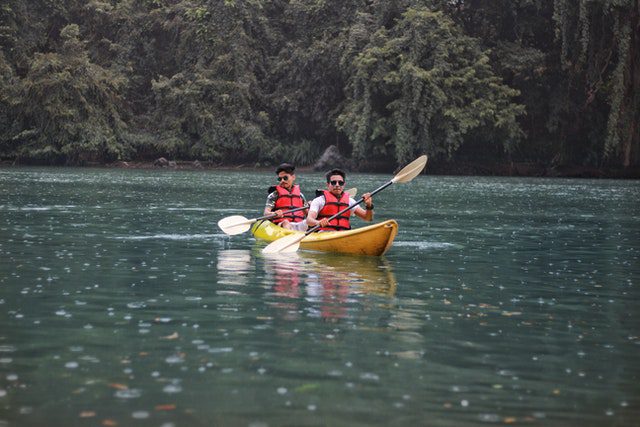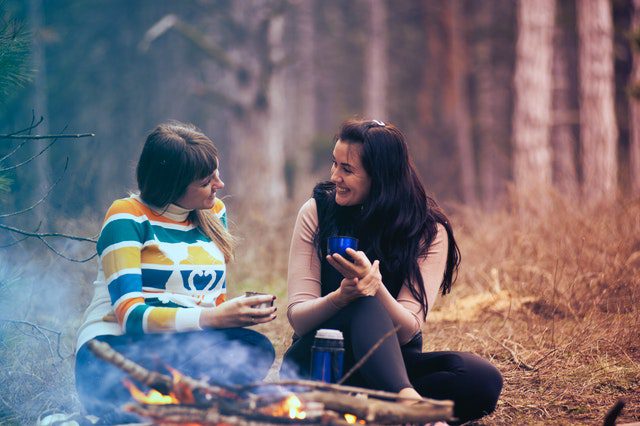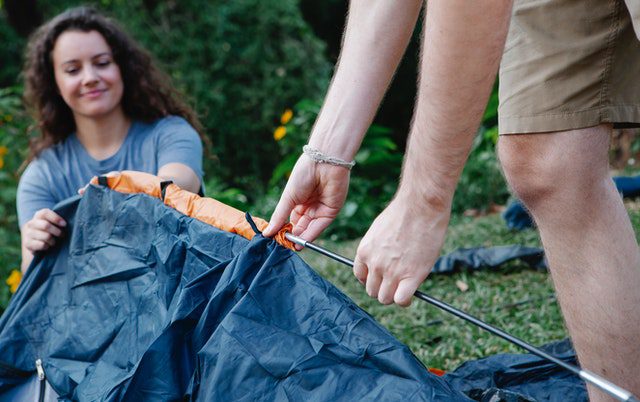The weather is getting better, and it’s time for us to crawl out of our winter dens and answer that call of the wild by camping. Spending the night in the wilderness can be challenging to prepare for when facing the unknown.
Even a seasoned camper can’t possibly prepare for every situation or element you can encounter while out in the wilderness. However, if you equip yourself with information from the beginning, camping preparation for different settings can be an easy process.
Who?
Are you preparing just for yourself, or do you have camping partners or a family? Sometimes decision-making can be more accessible when everyone plans for themselves. Afterward, all the people involved can have a get-together session to discuss individual preferences, combining resources and discoveries.
Everyone brings different experiences and expertise to the planning stage. If a camping trip is not comfortable for one person, life can be problematic in the wilds for everyone.
The first list you may want to make is what your comfort zones are while outside your home. What are your needs? What environments are you curious about or make you uncomfortable? Are you sensitive to heat, cold, rain, or plants? These boundaries are an essential beginning to creating a memorable positive experience.
What?
The second question you should bring to the planning stage is what kind of camping activities you want to do. There are many activities to explore or try if you have little or no experience. You may even have an outdoor passion that has been on your bucket list to accomplish.
You may decide on hiking, mountain biking, boating, fishing, kayaking, animal or bird watching, or just a long afternoon nap in a hammock. Your camping decisions may also include getting closer to your partner, family, nature, or even yourself. Your “what” answer will bring out what you want to achieve.

Where?
The third question begins to paint the background to your experience. Evaluating how much time of your vacation or getaway you are willing to sacrifice for travel will determine your choices.
Deciding how many places you have time to visit will also be essential to the camping trip formula. You may want to take a year to backpack several national parks in the United States, or you may want to choose a campground within an hour’s drive to lay on a lounge chair and read a book.
Once you decide where you want to go, you must investigate the area thoroughly. Know if you need to make reservations to camp or if it is first come-first served. Do the regulations require permits? What generally is the weather like in the area? What hiking trails fit your fitness level? Does the place you’re investigating include the environment you wish to experience? Will the area allow fires?

Also, you may want to investigate what plants and wildlife are in the area. Being prepared for how you can care for endangered species and how to be prepared for wildlife encounters may be lifesaving for you and the wilderness where you will be a guest.
You should write down and provide your itinerary to inform your friends, family, workplace, and everyone else who will listen. Include what your plans are, when you plan to be in contact with them again, and when you plan to return from your trip. This step has saved many lives of people venturing out into the unknown.
How?
Now you can begin your packing list. Packing is an exciting process of using your imagination on what every day’s activities, adventures, and unexpected events will include.
At a bare (not bear) minimum, you’ll need shelter from the elements, safety from animals and the environment, adequate sleeping arrangements, food, water, cooking gear, cleaning set-ups for personal hygiene, flashlights, and a first aid kit. Don’t forget to bring some cash for emergencies, a credit card, maps, your itinerary, a cell phone, and a way to charge your cell phone. And we definitely recommend carrying along in your emergency kit some of our New Millennium Energy Bars and SOS Water Pouches—easy to bring with you anywhere!

After you have planned the essentials, you can add items for the activities you have in mind to your packing list. You will also need to make additions for possible weather changes or any equipment failures, including your travel vehicle.
Now that you have completed the pesky planning, the adventure can begin. There is nothing as gratifying as venturing out and becoming one with nature.
On a final note, remember you must follow the golden rule of camping. Leave your environment the same, or better, as when you visited. This action will assure a positive experience of human camping for many generations to come.
